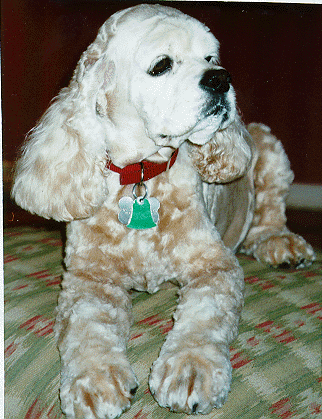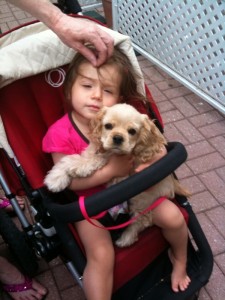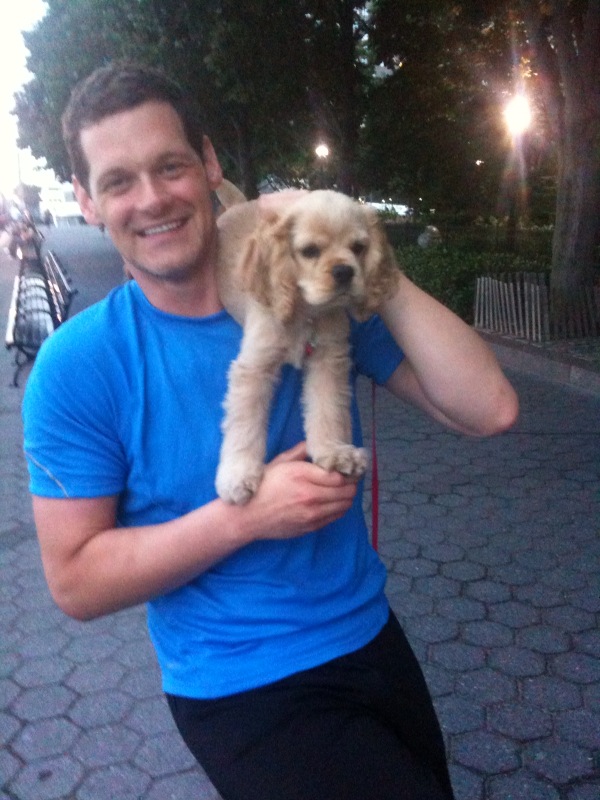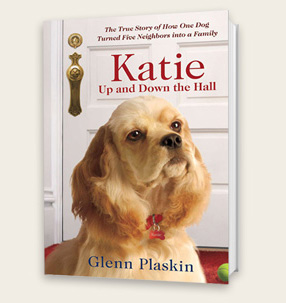Losing a dog is devastating–and exhausting.
For me, those last months with Katie were heartbreaking as I helplessly watched my formerly-energetic dog deteriorating. She lost her hearing and vision and her ability to walk due to painful arthritis, all of it making her increasingly disoriented and depressed.
Finally, after fifteen years of companionship, more than 20,000 walks, and countless moments of pleasure, fun and adventure, my incredible dog passed away.
At first, I was numb and almost relieved that it was over, that she was no longer in pain. But waves of sadness often swept over me, in and out like the tides of the ocean. Some days were better than others. Like so many of us after losing a dog, I desperately needed a CHANGE. Fortunately, I quickly distracted myself with new work, leaving the country to write a new book in Fiji and Australia. This was therapeutic and healing.
But after about a year, I began to think about possibly getting a new dog—though I never did. I would periodically visit animal shelters or call breeders—but I never made a move. I just couldn’t–and never really understood why. Maybe I wasn’t ready to let go of Katie. Maybe I was enjoying my newfound freedom. The reasons don’t matter. I simply wasn’t ready. I discovered that some people are ready for a new dog after a few weeks or months, while others, like me, take years. So I funneled my energy into new friends and projects—and enjoyed the time away from a dog—never letting go of Katie’s memory.
But then, a few months ago, feeling the hunger for a puppy—I finally found the perfect one for me–Lucy!, pictured to the right with one of
her new friends in the neighborhood. From the first minute I met her, when I picked her up and she snuggled in for a kiss–it was love! And nothing beats that puppy smell.
While Lucy, like Katie, is a cocker spaniel and blonde, their looks and personality are completely different. Katie was somewhat introverted, preferring people to dogs; while Lucy is an Alpha extrovert, wild for dogs and adventure. For me, this contrast has been a perfect way to start all over again.
For those of you who have lost a dog and want to find a new one after the grieving process has ended, the subject of yesterday’s Blog, maybe some of the suggestions below will be helpful to you, as they have been to me.
(1)Don’t Try To Replace Your Dog: Just as you could never replace a family member, it’s impossible to replace a dog. A dog has a soul and a personality and is entirely unique, no two alike. So give yourself time to recover from the loss before rushing out to get a new one. Consider a different breed, or a female if you had a male, or at least a different color. But even if you get the exact same breed you had, you can’t replicate what you had. And if you attempt to replace a dog, you may be setting yourself up for disappointment or heartache. So take it easy. Take your time. You’ll know when the moment is right.
(2)Start The Interview–Following Hunches and Intuitions: Once you’ve decided you want a new dog—begin the process of narrowing down your options. Do you want a puppy or a dog already housebroken? Remember, puppies are babies, incredibly labor intensive requiring 6-8 walks daily. Perhaps you want to rescue a dog by using a site like Petfinder or visiting your local ASPCA or Humane Society. There are millions of dogs who have been abandoned or abused desperate for good homes. The secret is INTERVIEWING—seeing dogs at shelters, at dog shows, even borrowing dogs of friends. Take them out on walks, try them out for size, following your hunches and intuitions. It’s like falling in love—you’ll know it when you feel it.
(3) Evaluate Your Lifestyle: The size, temperament, physical needs, and personality of a dog should correspond to your temperament as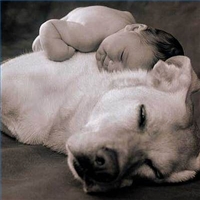 a dog owner. If you’re athletic, find a high-energy dog. If you’re extremely neat, find one that doesn’t shed much. If you’re allergic to fur, find a Hypoallergenic breed such as a Poodle or a Havanese. Your dog will be lucky or lonely depending upon your lifestyle. If you’re at work ten hours a day, you may want to choose a more sedentary breed; if you work at home, anything goes. All of your family’s hobbies, activities, personalities, and schedules should be evaluated. In the end, there’s nothing sadder than a neglected dog sitting at home alone. . Whether it’s a neighborhood child, a dog walker, a play group, or doggie day care, find a way to make it work so that both you and you dog are happy and unstressed.
a dog owner. If you’re athletic, find a high-energy dog. If you’re extremely neat, find one that doesn’t shed much. If you’re allergic to fur, find a Hypoallergenic breed such as a Poodle or a Havanese. Your dog will be lucky or lonely depending upon your lifestyle. If you’re at work ten hours a day, you may want to choose a more sedentary breed; if you work at home, anything goes. All of your family’s hobbies, activities, personalities, and schedules should be evaluated. In the end, there’s nothing sadder than a neglected dog sitting at home alone. . Whether it’s a neighborhood child, a dog walker, a play group, or doggie day care, find a way to make it work so that both you and you dog are happy and unstressed.
(4) Prepare For The Homecoming: Make a detailed list of everything you’re going to need for your dog’s homecoming–and buy it NOW. When you walk in the door for the first time, you want everything in its place, ready to go. This will reduce stress. So, though you’ve done it before, don’t forget you’ll need: a wire or plastic dog crate; a baby gate; an exercise/play pen (which conveniently places boundaries on your dog and allows them to play safely); easily washable, hard-to-destroy bedding material; a leash and collar; an ID Tag with your phone number to wear on the collar; a collection of high-quality safe chew toys—Nylabones, rubber balls, stuffed squeak boys; quality-brand dry dog food; treats; and Wee Wee Pads. Not least important, dog-proof your home: If your yard is fenced,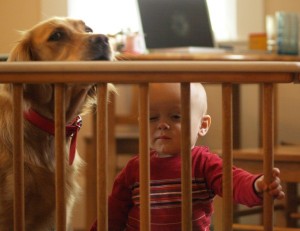 check for openings and escape routes; if it’s unfenced, never allow your dog off the leash. Inside, rugs, electrical cords, sharp edges of cabinets, running shoes, and anything small and chewable are prime targets—so either cover it over, pick it up, roll it up, but keep it out of your dog’s mouth until your dog is more mature.
check for openings and escape routes; if it’s unfenced, never allow your dog off the leash. Inside, rugs, electrical cords, sharp edges of cabinets, running shoes, and anything small and chewable are prime targets—so either cover it over, pick it up, roll it up, but keep it out of your dog’s mouth until your dog is more mature.
(5) Be Patient With Yourself—And Your Dog: The memories of your former dog are most likely focused on the good times—when your dog was acclimated, happy, and trained. But we’re starting over! So start with the right attitude. The first weeks of your new dog’s life with you will be frenetic and demanding. There may even be times when you wonder if getting a dog was such a good idea. I wanted to give my puppy away after 2 days! But the bonding process happens quickly if you’re patient and keep your sense of humor. And remember: The extra effort at the beginning will pay off if you’re calm and steady. Remember: You’re the boss. You set the pace and establish the boundaries.
If you’re in the process of finding or adopting another dog, let me know how you’re doing and what other tips might be useful.

